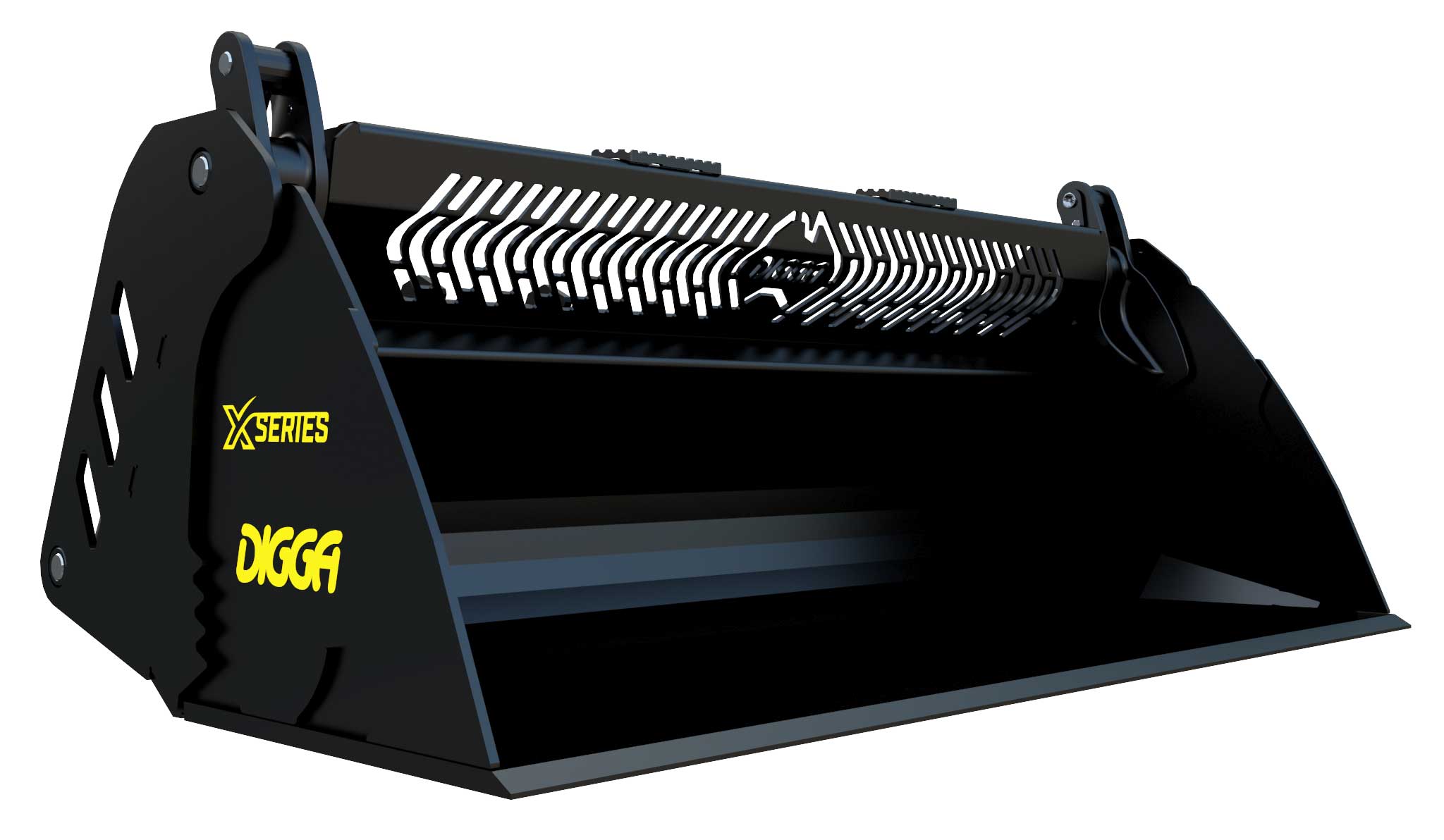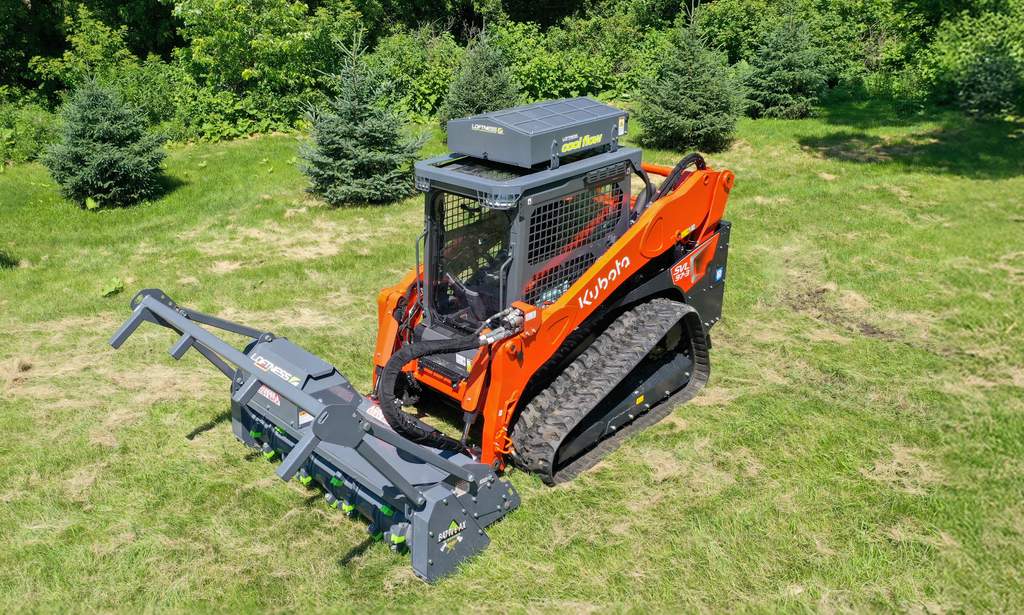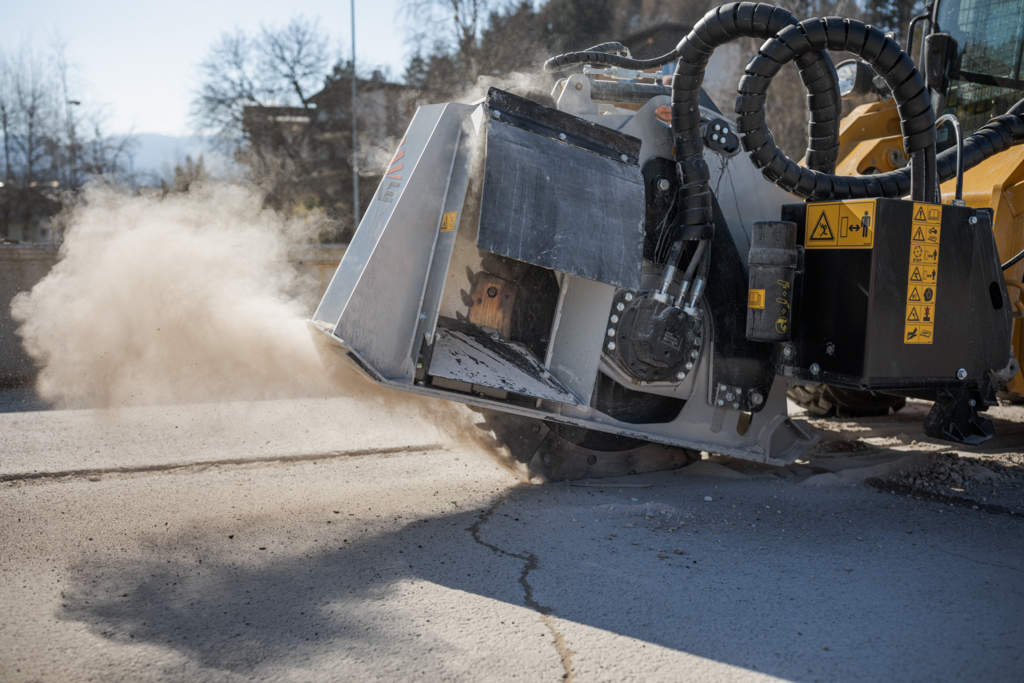Mulcher Maintenance: Simple Steps to Keep Your Mulchers from Eating Away at Your Profits
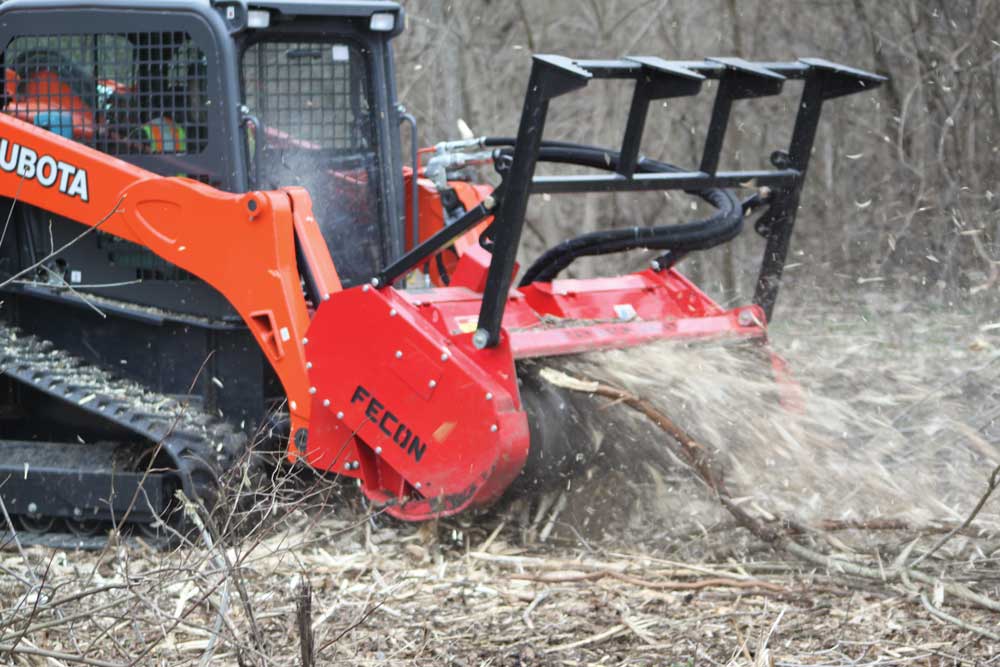
Mulcher attachments are very versatile and have become popular tools in many industries. Whether they are clearing brush for new construction, thinning forests or maintaining rights of way for pipelines or utilities, these implements can easily be attached to a skid steer or compact track loader, transforming your utility equipment into a versatile mulching machine. But the life of a mulcher is a rough one. A few simple steps can keep these attachments running efficiently — maintaining a steady diet of trees and brush rather than eating away at your time and profits.
Preventive maintenance for mulchers generally falls into five areas — carrier, drive, hydraulics, lubrication and cutter teeth. General working conditions should always be considered first when evaluating your maintenance schedule. Extremely dusty conditions, for example, may require more frequent cleaning of air and fuel filters. Any new noises or vibrations should be checked out immediately. Generally, the sooner a problem is identified, the faster and cheaper it is to fix.
Carrier Maintenance
Each carrier should be kept in proper working condition, according to the manufacturer’s guidelines. This can be addressed with a quick walk-around before the start of the day, being careful to look for fluids leaking or pooling, any hoses that look worn or pinched and noting the general condition of the equipment. Also ensure that any quick-disconnects are cleaned. Remember that dirt and dust can wreak havoc with today’s high-efficiency motors.
Drive
Fecon mulchers transmit power to the rotor through belts, which should be inspected every 40 hours to ensure that proper tension is being maintained. In most instances this can be accomplished in just a few minutes. Loose belts can cause premature belt failure, which costs both downtime and out-of-pocket expenses for new parts. You can easily check belt tension by removing the inspection cover on the belt cover and pressing down on top of the belt with two fingers. The belt should deflect about 1/2 in. when you apply about 30 to 40 lbs of force. Follow the manufacturer’s guidelines for proper belt or chain tension. Often this is a subjective assessment rather than an empirical measurement. Manufacturers may say “Belts should deflect slightly but not touch when the upper belt is depressed with the index finger and the lower belt is depressed with a thumb [a hypothetical example].” In this scenario, if the belts touch, they are too loose. If there is no deflection or give, they may be too tight and require adjustment.
Hydraulics
Since a low volume of oil is used and constantly re-circulated through the system, it is vital that any hydraulic leaks be addressed quickly. Even a small leak can cause big problems, sending temperatures soaring. The initial indication of a problem here will be the hydraulic temperature gauge, high-temperature shutdown switch or a low-level warning. If a unit shuts down due to high-temperature, look for and replace any leaking hoses or fittings. Some units are equipped with oil coolers. These should be checked to ensure that vents are clear and there are no leaks at the fittings or hoses leading into or out of the coolers.
Lubrication
Each bearing should be lubricated according to the manufacturer’s recommendations. Understand that over-greasing can be as detrimental to bearing life as under greasing. When in doubt, check the operator’s manual for proper lubrication requirements. Fecon recommends greasing the main rotor bearings with four pumps of grease every four hours of operation, but follow your manufacturer’s supplied lubrication schedule. Some bearings require daily lubrication while others require less frequent (weekly or monthly) greasing. If, according to the manufacturer, the bearing calls for a shot of grease a day, then give it a shot — giving it two isn’t better — it can be detrimental to bearing life! When in doubt, ask the manufacturer.
Cutter Teeth
This is where the work happens, so it is typically the most high-maintenance area on the implement. With the power off, operators should rotate the cutter head and inspect each knife or tool, looking for worn, damaged, broken or missing cutters. Worn blades can be sharpened, while broken, damaged or missing teeth should be replaced. Replace any bolts or nuts at this time as well. If the manufacturer supplies a gauge for sharpening their tools, use this to keep the correct angle on the knife edge. Fecon supplies a gauge for sharpening the Viking Axe and Sword tools to ensure maximum service life.
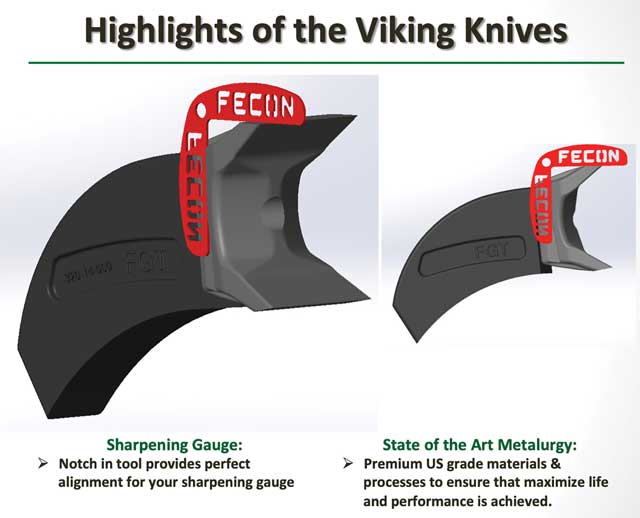
Excessively worn teeth will not engage the material to be shredded. As teeth become smaller (and less effective), the material being shredded comes into contact with the rotor more frequently. This leads to undue wear on the rotor. Missing teeth are also problematic, as they create an off-balance situation and impart vibration throughout the mill. If balance issues are a problem, mobile balancers, like the FMB-100, are available to help determine the severity of the problem and where adjustments are needed. Re-balancing a rotor will have a dramatic impact on its operation.
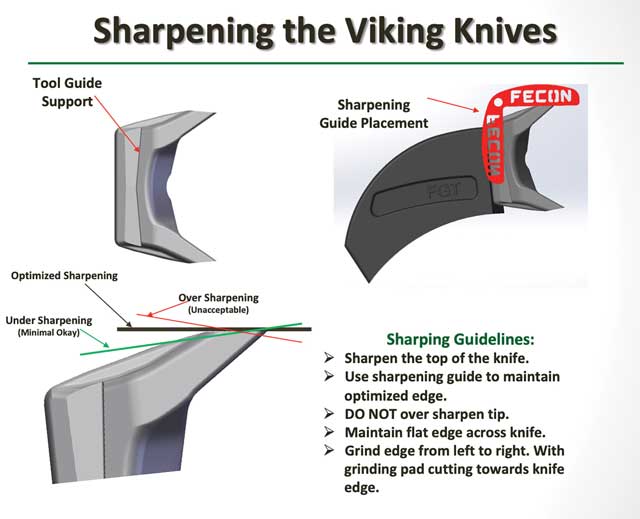
Making daily maintenance checks a part of your pre-startup routine can save hours of time not to mention repair costs. An operator can accomplish the tasks described above in just minutes. Once a week, a more in-depth schedule may be required, but it will still be less than an hour. Most operators will find that spending a few minutes each day ensuring that there are no problems will far outweigh the hours spent in fixing neglected ones.
Brian McMahon is assistant product support manager for Fecon.

